"Inspiration Photography: From Makart to Klimt" opens at the Orangery in Vienna
Gustav Klimt, After the Rain (Garden with Chicken in St. Agatha), 1898. Oil on Canvas, 80x40cm © Belvedere, Vienna
VIENNA.- The invention of photography in 1839 was both fascinating and horrifying to artists. While portraitists had good reason to fear a drastic shrink in their market, others soon discovered the multiple possibilities of this new medium. They used it to disseminate their works in cheap reproductions and also to find out about international trends in art. Photographs soon became indispensable to artists as memory aids or even as a direct source. Many artists learned to use a camera themselves or engaged professional photographers who thus found a new niche in the market. Artists avidly took photographs while travelling, in the studio, and as part of art tuition – seriously or for the fun of it – and the images they produced strayed far from conventions. The exhibition Inspiration Photography: From Makart to Klimt, on show in the Orangery at the Lower Belvedere from 17 June to 30 October 2016, addresses a subject that touches on a taboo. Although it was widely known among contemporaries that painters from Hans Makart to Gustav Klimt and the Künstler-Compagnie had a penchant for photography, that it was practised and collected at the Vienna academy, after 1900 this was no longer openly discussed. The accustomed playful and creative approach to the medium was lost precisely at a time when the Vienna Secession first exhibited photographs as artworks in their own right. Discovering painters as photographers and collectors of photographs offers a glimpse of a hitherto unimagined world of images.
Emil Jakob Schindler, March Atmosphere – Early Spring in the Vienna Woods, around 1884. Oil on Canvas, 130,5 x 100,5 cm © Belvedere, Vienna.
An interest in the technical image pervades the entire spectrum of painting in the nineteenth century. Photography was used by artists specializing in history or Orientalist painting, painters who worked in the style of “Atmospheric Impressionism” or Symbolism, and creators of decorative interior schemes, stately portraits, and intimate genre scenes. The initial, not entirely unfounded, fears about visual art being marginalized by technology changed as artists ingeniously integrated these new possibilities into the processes behind their artworks. Numerous examples will for the first time demonstrate Austrian artists’ creativity in this field.
Friedrich von Amerling, Self-Portrait, 1875. Oil on Canvas, 76,3 x 61 cm © Belvedere, Vienna.
Even early on, the small daguerreotypes – unique pieces with their mirror-like surfaces and fascinating, precise images – were used by artists like Josef Kriehuber as a resource for printed portraits. But it was not until the 1850s and the emergence of the paper photograph that painters found truly new ways of using photography in their work. Difficulties in recording details in photographs meant that artists were still needed as retouchers, but soon Carl Rahl and Friedrich von Amerling were photographing their own sketches to rework them using colour. As they could be duplicated, photos transformed a sketch into a starting point for a number of different coloured versions. Even established masters such as Franz Alt did not reject painting on photographs purchased especially for the purpose. And, from the mid1850s, the Academy of Fine Arts in Vienna collected high quality photographs from the Habsburg Empire and abroad. Furthermore, artists who studied the latest trends in painting in France or Munich automatically learned to appreciate photography and use it as a source of inspiration or education.
August von Pettenkofen, The Casualty Transport II, 1869. Oil on Canvas, 29,4 x 44,7 cm.
Hans Makart as well as the Orientalist painter Leopold Carl Müller freely used photography. In 1875/76, while they were both in Cairo, the “photographic machine was continuously in use”, as one journalist reported home. They captured architecture and studies of people, nudes, and group portraits as memory aids, resource material, or simply for pure enjoyment. There is no way of knowing exactly who was the photographer behind each image. Although during his youth Makart had helped out at a photo studio in Salzburg and it is known that Müller took photographs later on, the artists must have enlisted “professional” help in Egypt as the procedure of early photography was both tiring and time-consuming. Not much later, however, the technology was simplified significantly and artists often had “a small camera” to take snapshots of scenes that struck them. As countless examples from Alfred Roller to Artur Nikodem reveal, many of them knew how to use a camera with a freedom that professional photographers or the snap-happy aficionado lacked.
August von Pettenkofen, Hungarian Peasant with Horses and Cart at a Stream, 1870/80. Oil on Wood, 25 x 43 cm.
A completely different category is represented by the staged images showing artists trying out particular poses, costumes and accessories, for example by the young Gustav Klimt, Adolf Hirémy-Hirschl, and Johann Viktor Krämer. More and more of these photos are emerging from artists’ estates. The camera could document a pose more quickly than any pencil and capture it as a study or source, albeit without the mythological, historical or allegorical context. What then appeared before the camera in terms of trumpeting angels (on mattresses rather than clouds), heroic warriors (holding picture frames instead of shields) or costumed mannequins, today transports us to a surreal world where facts and dreams, fantasies and prosaic details merge in an exciting way. It is a world that bears no relation to our usual image of the nineteenth century.
Dr. Hermann Heid, Expression Study, around 1860. Albumin, 24,2 x 17,8 cm © Photoinstitut Bonartes, Vienna.
Heinrich Kühn, Meadow with trees, 1897. Threecoloured gum print, 37,9 x 27,8 cm © Photoinstitut Bonartes, Vienna.
Johann Victor Krämer, Dance of the nymphs (detail), 1894. Oil on canvas 220 × 397 cm © Mährische Galerie in Brno.
Carl Rahl, Nero during the burning of Rome, 1860. pencil, watercolour in bistre and china ink on paper, laminated on cartboard, 72 x 118 cm © Private collection, Vienna.
Publishing house Miethke & Wawra, Copy of gouache painting from Carl Rahl’s studio, 1860. Albumin, 29,7 x 48,4 cm © Academy of Fine Arts Vienna, Kupferstichkabinett.
Unknown Photographer, Tableau Vivant after Hans Makart’s „Siesta at the Medici’s Court“, 1898. Albumin, 19 x 24,3 cm © Austrian National Library, Vienna.
Hans Makart, Gotische Grabkirche St. Michael, Lateral View, 1883. Oil on canvas with a collage of photographic reproductions 242 x 282 cm © Belvedere, Vienna.
Carl Johan Peyfuss, Model at Peyfuss‘ Studio, around 1895. From a glass negative © Photoinstitut Bonartes, Vienna.
Carl Johan Peyfuss, Model at Peyfuss‘ Studio, around 1895. From a glass negative © Photoinstitut Bonartes, Vienna.
Leopold Carl Müller (?) Marketplace in Cairo, 1875/76. Photography, 17,8 x 22,8 cm (detail) © Photoinstitut Bonartes, Vienna.
Leopold Carl Müller (?) Müller‘s Models for the „Market in Cairo“, 1875/76. Photography, 21.4 x 17. 8 cm (detail) © Photoinstitut Bonartes, Vienna.
Steiner’s Studio Paintor Karl Rudolf Huber and Franz Lenbach, collector Karl Graf Lanskoronsky, architect Adolf Gnauth as well as paintor Hans Makart and Leopold Carl Müller, 1875/76 in Cairo. Photography, 14, 2 x 19 cm (detail) © Photoinstitut Bonartes, Vienna
Leopold Carl Müller Market in Cairo, 1878. Oil on Canvas, 136 x 216,5 cm. Loan by Picture Gallery of the Academy of Fine Arts Vienna © Belvedere, Vienna.
Exhibition View, INSPIRATION PHOTOGRAPHY. Photo: © Belvedere, Vienna.
Exhibition View, INSPIRATION PHOTOGRAPHY. Photo: © Belvedere, Vienna.
Exhibition View, INSPIRATION PHOTOGRAPHY. Photo: © Belvedere, Vienna.
Exhibition View, INSPIRATION PHOTOGRAPHY. Photo: © Belvedere, Vienna.

/https%3A%2F%2Fprofilepics.canalblog.com%2Fprofilepics%2F1%2F0%2F100183.jpg)
/https%3A%2F%2Fstorage.canalblog.com%2F03%2F02%2F119589%2F96711876_o.jpg)
/https%3A%2F%2Fstorage.canalblog.com%2F11%2F31%2F119589%2F94773502_o.jpg)
/https%3A%2F%2Fstorage.canalblog.com%2F20%2F83%2F119589%2F94772815_o.jpg)
/https%3A%2F%2Fstorage.canalblog.com%2F26%2F72%2F119589%2F75604929_o.jpg)
/https%3A%2F%2Fstorage.canalblog.com%2F59%2F60%2F119589%2F26458628_o.jpg)
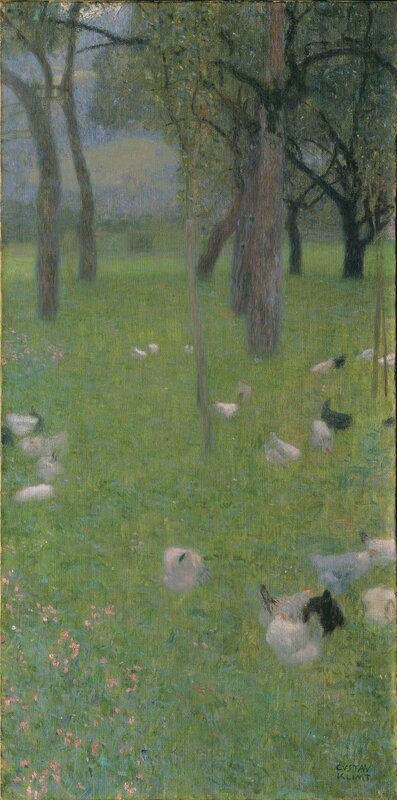
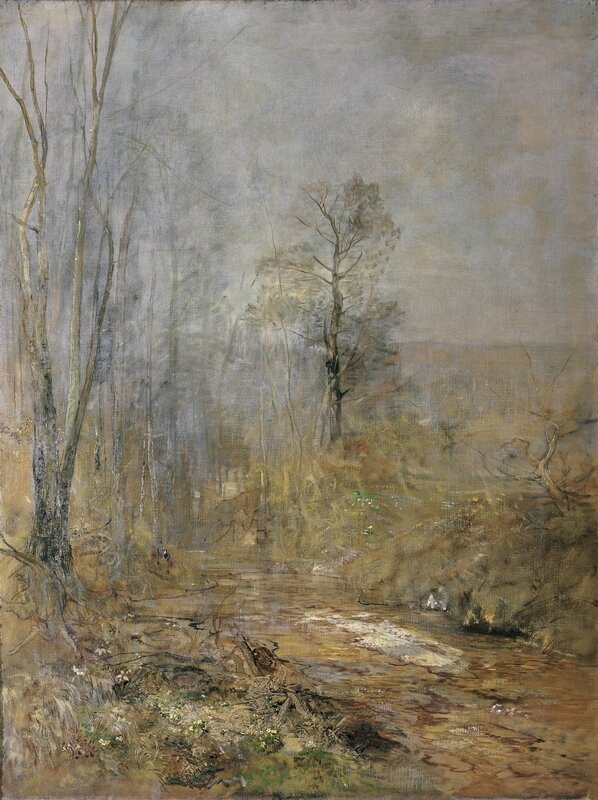
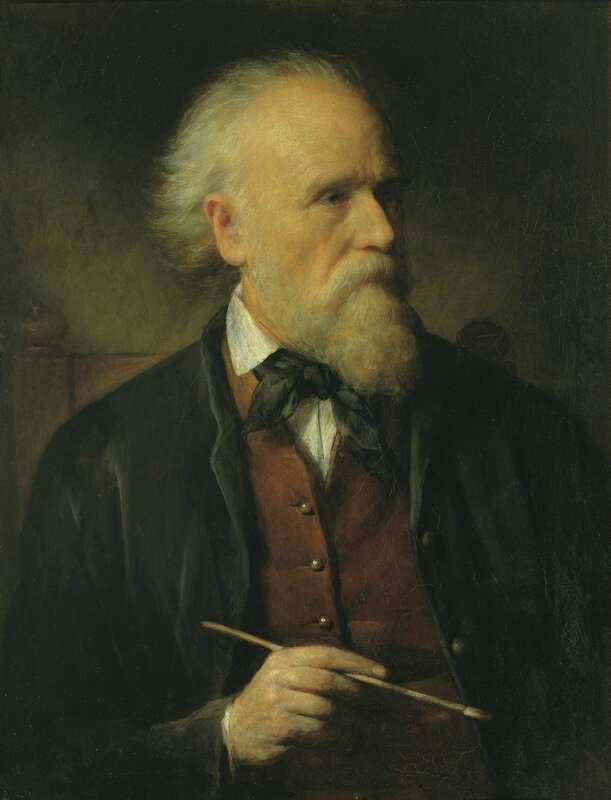

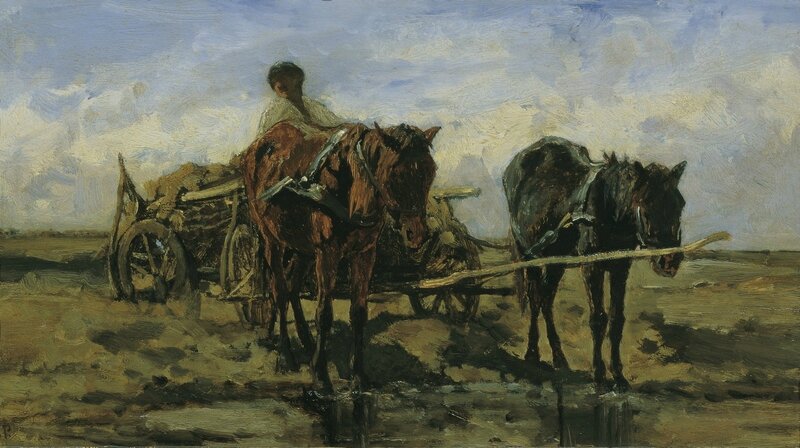

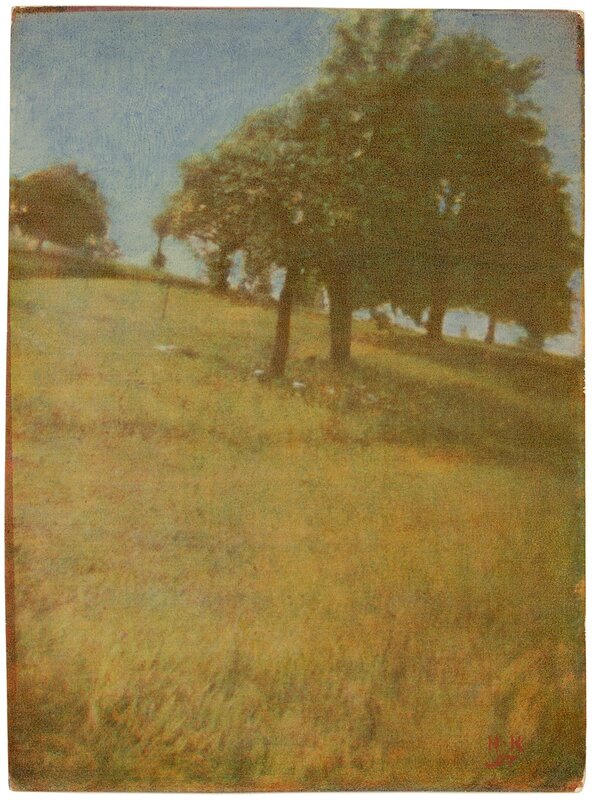
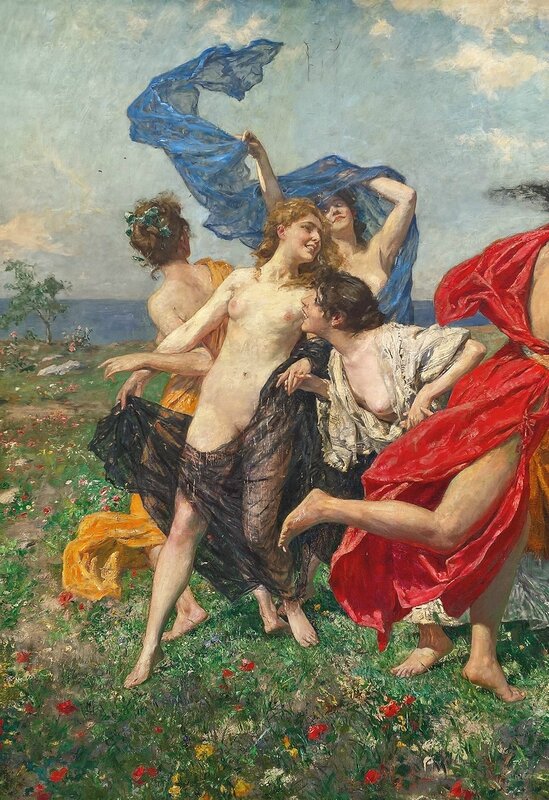
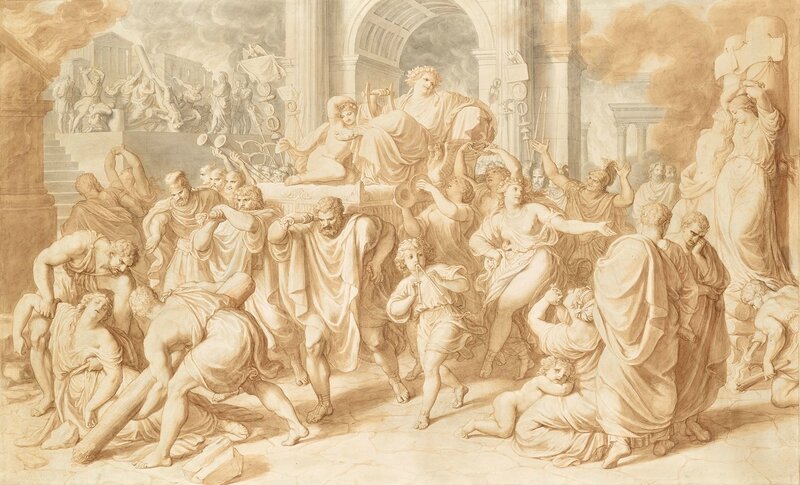

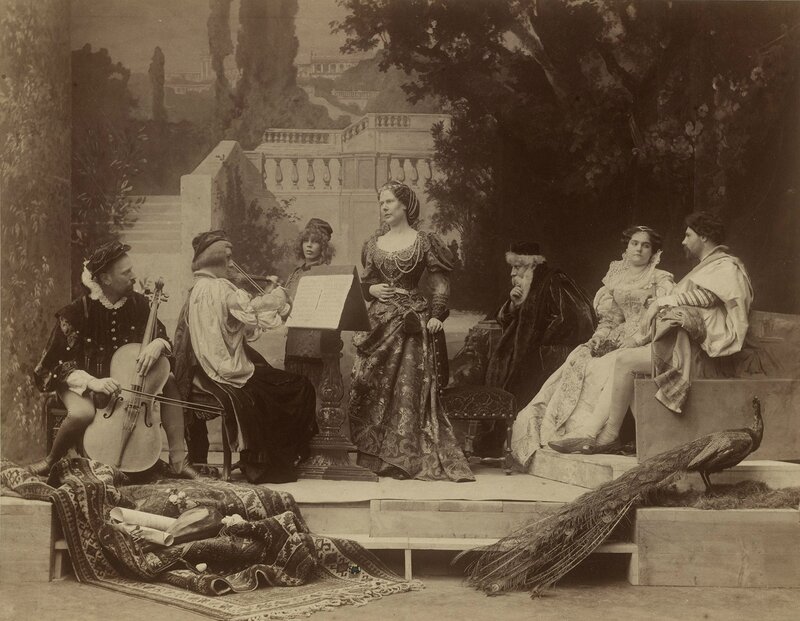



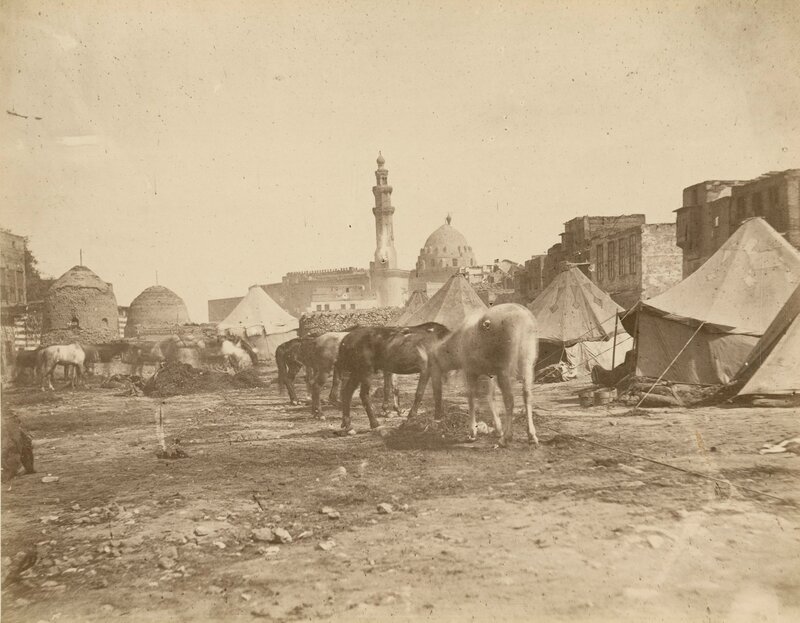
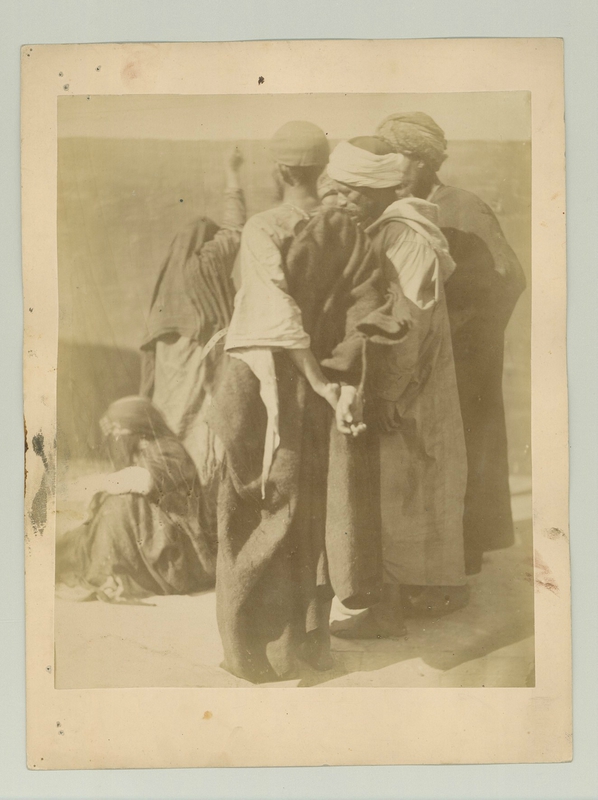

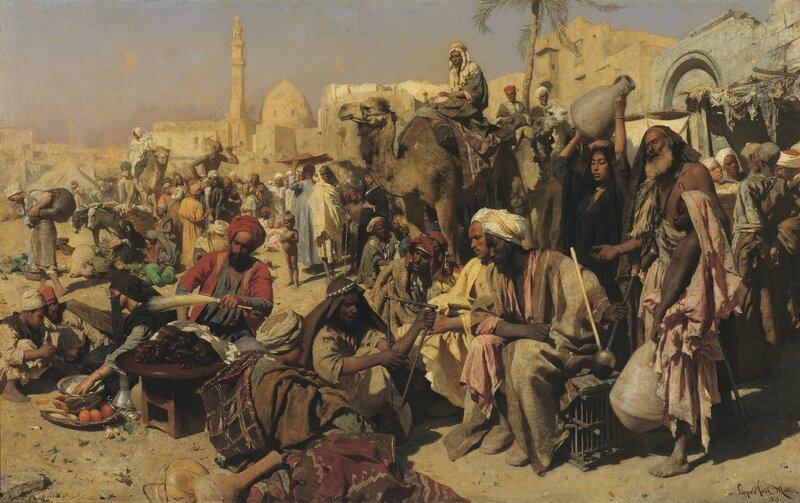
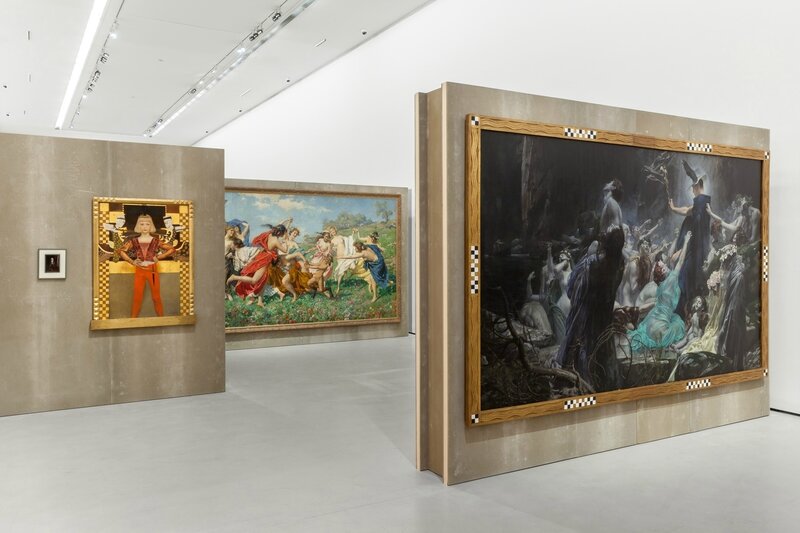
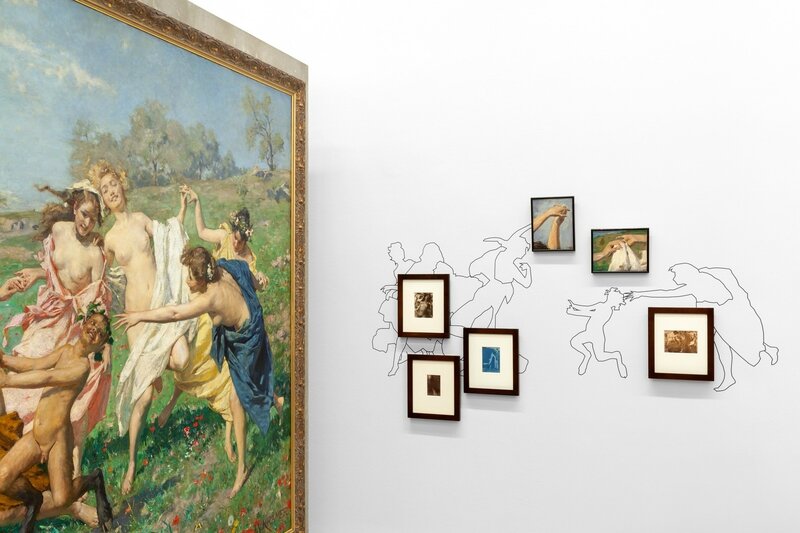




/http%3A%2F%2Fstorage.canalblog.com%2F04%2F34%2F119589%2F126029126_o.jpg)
/http%3A%2F%2Fstorage.canalblog.com%2F78%2F18%2F119589%2F122525383_o.jpg)
/http%3A%2F%2Fstorage.canalblog.com%2F05%2F02%2F119589%2F121570920_o.jpg)
/http%3A%2F%2Fstorage.canalblog.com%2F53%2F17%2F119589%2F120956167_o.jpg)